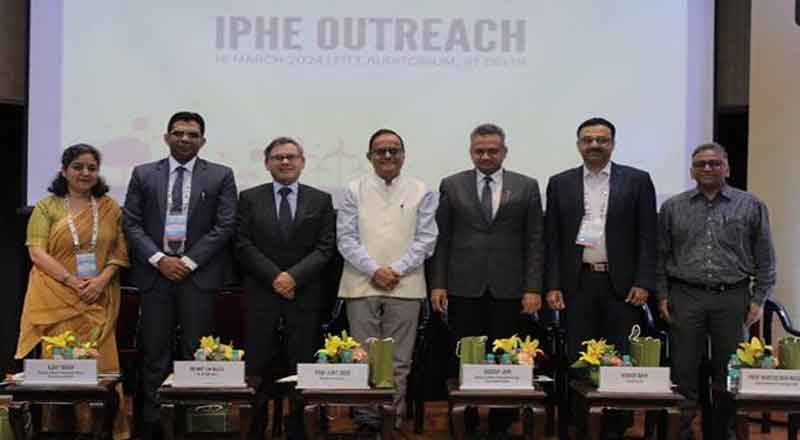A significant portion of the Indian population has had little or no access to any formal education. This leaves them unable to read or write. This has had a negative impact on their lives.
According to the figures released by the latest Census 2011 report, the illiteracy rate in India is 22 per cent. India has the world’s largest population of illiterates– 278 million accounting for 37 per cent of the total illiterates in the world.
That literacy empowers people and gives them their dignity is a truism.
The business investment in literacy/education can empower significant change in Indian society. Corporate Social Responsibility (CSR) in education has the potential to be a strong change driver. Many top corporates in India are involved in CSR programmes in area like education.
Indian Education Sector: Growth potential
According to the latest estimates by the National Skill Development Corporation (NSDC), there are about 1.4 million schools in India with a total enrolment of over 227 million students right from the Primary School to Higher Secondary Schools. Given, that a large proportion of students drop-out, it is evident that a large portion of the capacity and enrolment is up to education.
The Indian education sector is poised for strong growth thanks to the strong demand for quality education. In 2015 Indian education sector market size was USD100 billion. The country’s online education market size is estimated to reach USD40 billion by FY17
During the 12th Five-Year Plan, the government plans to offer enhanced access to higher education. To ensure that the government has planned to create two million additional seats for each age group. An advisory body, National Knowledge Commission (NKC) has been set up to guide policy and direct reforms. NKC focuses on certain key areas such as education, science and technology, e-governance, agriculture and industry. The government has also allowed 100 per cent Foreign Direct Investment (FDI) in the education sector.
From April 2000 to March 2016, the Indian education sector attracted USD1256.08 million through FDI. The FDI in the education sector has increased at a CAGR of 21.28 per cent from USD580.50 million in FY12 to USD1256.08 million in FY16
India has more than 1.4 million schools with over 227 million students enrolled and more than 36,000 higher education institutes. India holds one of the largest higher education systems in the world.
However, there is still a lot of potential for further development in the education system.
Finally
It is universally acknowledged fact that education contributes considerably to the economic activity of a country.
The Government of India has taken many steps for the development of the higher education. This include opening of IIT’s and IIM’s in new locations as well as allocating educational grants for research scholars in most government institutions. The higher education sector in India is poised for major changes in the years to come.
Several corporates have launched their corporate citizen programmes in a bid to improve literacy across India.




